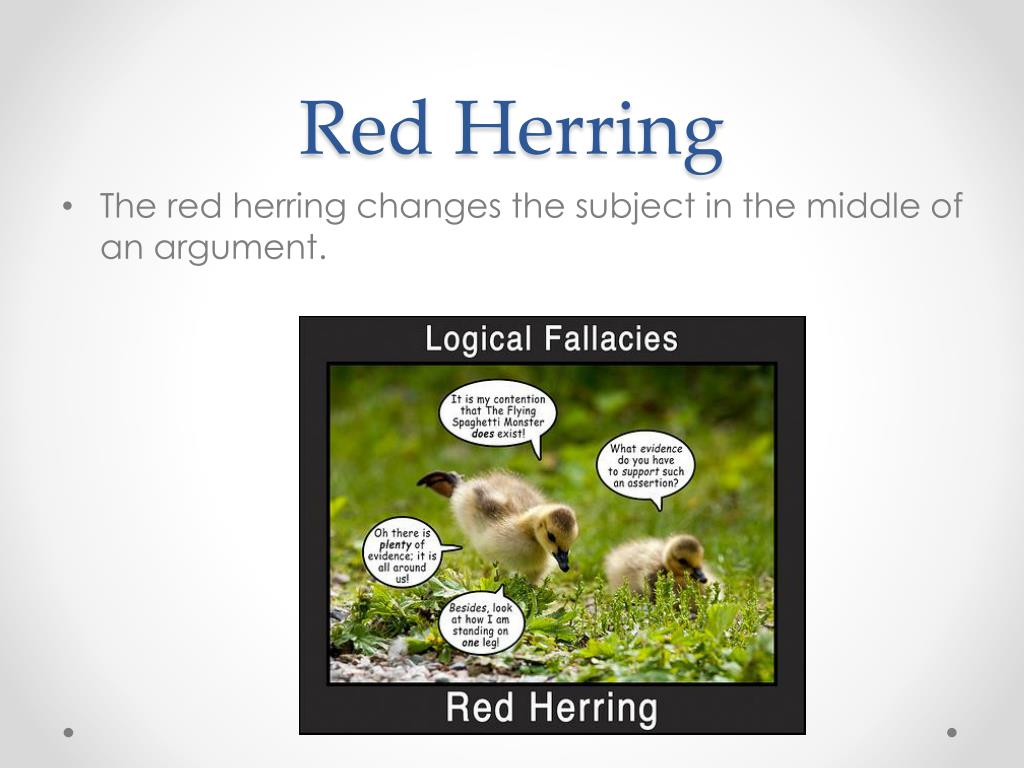
Admittedly this strategy, like all the other recommendations, is not based on solid evidence but is intended to be individualized and follows the Hippocratic “Primum non nocere”. Based on these principles, in diseases (e.g., mild, or moderate arterial hypertension, etc.) where equally effective alternative therapies to RAASi are available, these therapies should be applied, whereas in diseases (e.g., heart failure, diabetic kidney disease, etc.), where equally effective alternative therapy compared to RAASi is not available, RAASi should be used. In this setting, the physician's wisdom and knowledge related to pathophysiologic mechanisms and effect of pharmacologic agents become even more important as they may limit fallacies. However, over the past 4 decades, results from successful RCTs have repeatedly proved that practices based on OSs were wrong. Most scientific societies emphasize that RAASi use is safe and that these agents should not be discontinued, based mainly on the results of observational studies (OSs) and occasionally preprints, as relevant randomized controlled trials (RCTs) are currently lacking. In the present review, we summarize examples underlying fallacious reasoning recommendations regarding treatment with Renin-Angiotensin-Aldosterone inhibitors (RAASi) in the COVID-19 context. Under these circumstances, publications based on fallacious reasoning are virtually unavoidable. Under these circumstances, experts instead of admitting ignorance, feel obliged to give an answer, often pressurized by political or other authorities, even when such an answer is unavailable. However, this is inaccurate, as the story came from a mistranslation of instructions for training the horses used by hunting parties, not dogs.In emergency situations, such as during the coronavirus disease 2019 (COVID-19) pandemic, medical community looks for quick answers and guidance. A common explanation is a technique used to train hunting dogs in which a kipper, or smoked herring, was used to lead the dogs by scent. The origin of the term "red herring" has been disputed.


For example, an argument against raising salaries might go something like this: "We can't raise salaries, but we still provide great benefits for our employees." This argument is a red herring because the mention of employee benefits distracts from the real point, that salaries will not be raised.

In business terms, a red herring is more likely to refer to an argument for or against a certain path of action. This fallacy consists in diverting attention from the real issue by focusing instead on an issue having only a surface relevance to the first. They illustrate the range of ways the plot device can be used to add complexity and suspense to a plot. For example, in a mystery novel, a suspicious character may be presented as a red herring to make the reader believe that he or she committed the crime, when the character is actually meant to distract the reader from evidence against the true culprit. Red Herring Examples in Literature The following examples of red herrings in literature are taken from both mystery novels and genres of literature.

This may be done intentionally or unintentionally.Ī red herring is often used in movies, television and literature. A red herring is a logical fallacy in which irrelevant information is presented alongside relevant information, distracting attention from that relevant information.


 0 kommentar(er)
0 kommentar(er)
